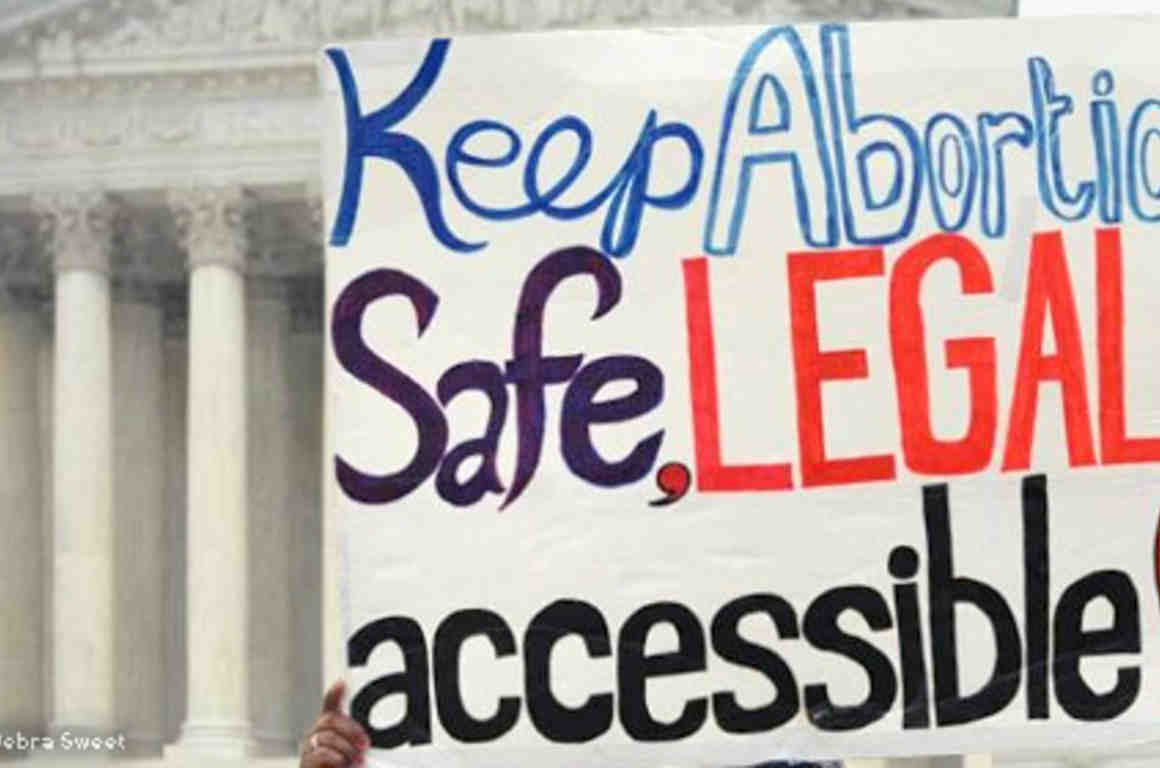Following Brett Kavanaugh’s nomination to the Supreme Court, there was much discussion about the future of reproductive rights in the United States and whether his appointment could result in the overturning of Roe v. Wade. While that prospect remains a real threat, abortion could be made as good as illegal for millions of people long before that happens.
In 2016, the Supreme Court struck down abortion restrictions that would have closed most abortion clinics in Texas. Justice Anthony Kennedy was the swing vote in that case. With Kavanaugh confirmed as his replacement, the court could use the next abortion-rights case to eviscerate abortion access without explicitly overruling Roe.
Ever since Roe was decided in 1973, state legislatures have been chipping away at abortion access, passing more than 1,100 restrictions. They include waiting periods, anti-abortion counseling mandates, bans on the types of procedure used, and forced ultrasounds. And then there are the TRAP laws — Targeted Regulations of Abortion Providers — that require abortion providers to have admitting privileges at local hospitals or require clinics that provide safe, outpatient care to meet the standards of ambulatory surgical centers.
The TRAP requirements are difficult — in some cases impossible — to meet. Many hospitals simply won’t provide admitting privileges to doctors who perform abortions due to anti-abortion bias and stigma. Others require doctors to admit a certain number of patients at the hospital each year, but because abortion is such a safe procedure, abortion providers can’t meet that threshold.
Ambulatory surgical centers are far more complex and expensive than what is necessary to provide a safe abortion, and no other comparable medical procedure is subject to such requirements.
Proponents of TRAP laws claim that they are intended to protect women’s health, but major medical associations oppose the requirements, saying they actually jeopardize women’s health by delaying and obstructing access to abortion care.
In 2016, the Supreme Court agreed that the laws do not benefit women but rather impose unnecessary obstacles. In a decision called Whole Woman’s Health v. Hellerstedt, the Supreme Court struck down a TRAP law in Texas that would have required abortion providers to have admitting privileges and meet the requirements of ambulatory surgical centers.
The court found that there was no evidence that that the measures protected women’s health. There was, however, overwhelming evidence of the burden they imposed on women by forcing three-quarters of clinics around the state to close, leaving millions of women without access to abortion.
In a dangerous preview of what may lie ahead, judges on lower courts who disagree with Roe v. Wade, are already starting to ignore the Whole Woman’s Health ruling and uphold laws nearly identical to the one in Texas, forcing more clinics to close. It happened in Arkansas, where the state went down to a single clinic for a period this summer when a federal appeals court lifted an injunction against a TRAP law that was very similar to Texas’s. And it’s what happened just last month in Missouri and Louisiana, both of which are going down to one clinic each because appeals courts for those states have flouted the Supreme Court’s decision and allowed TRAP laws there to stand.
Before those decisions, as of May 2017, there were already six states that had only one abortion clinic remaining. Soon, that number could increase to at least eight. And, if the Supreme Court gives the green light, some states may have no abortion clinics left in the not-so-distant future.
Below, we look at just some of the states that are down to a single clinic or have seen a precipitous reduction in the number of clinics over the past 25 years because of abortion restrictions. Sadly, this is likely what more and more of the country may start to look like.
Decline in Louisiana Abortion Clinics
Louisiana had 17 abortion clinics in 1992. Today it has three. And, due to a recent court ruling, it may soon only have one. That is because its clinic licensing law contains more than 1,000 medically unnecessary requirements, including an admitting privileges measure that is indistinguishable from the one struck down in Whole Woman’s Health. Yet the Fifth Circuit Court of Appeals ignored the clear and controlling precedent and allowed the law to go into effect.
In addition to establishing licensing hurdles that are almost impossible to overcome, the law forces women to undergo invasive examinations, makes doctors give their patients misleading or false information, and allows the government to collect and review the medical records of every woman who has an abortion in the state. Moreover, the state passed a bundle of abortion restrictions in 2016 that, among other things, tripled the time a woman had to wait to get an abortion — pushing women later into pregnancy — and banned the most common method of abortion in the second trimester.
Read the full text of this article and the other five states where abortion rights are at risk:
Date
Thursday, October 25, 2018 - 10:45amFeatured image

Show featured image
Hide banner image
Tweet Text
Related issues
Show related content
Menu parent dynamic listing
Style
Standard with sidebar